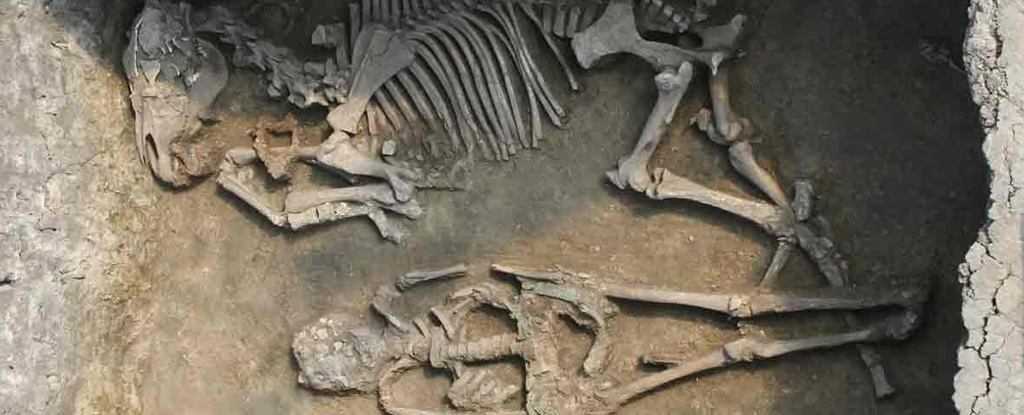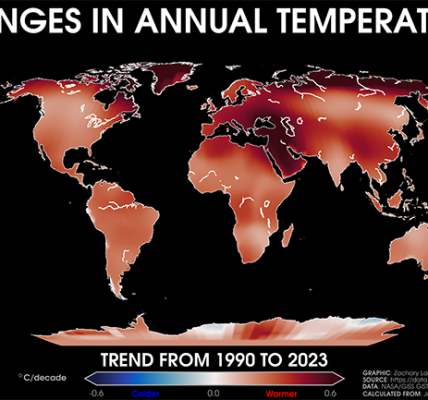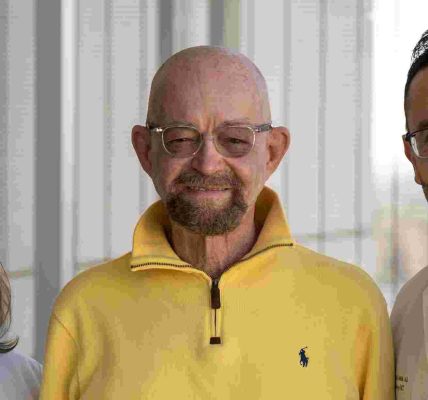How can we perceive previous societies? For hundreds of years, our primary sources of knowledge have been pottery sherds, burial websites and historical texts.
However the examine of historical DNA is altering what we all know concerning the human previous, and what we are able to know.
In a new study, we analysed the genetics of a whole bunch of people that lived within the Carpathian Basin in southeastern central Europe greater than 1,000 years in the past, revealing detailed household bushes, footage of a posh society, and tales of change over centuries.
Who have been the Avars?
The Avars have been a nomadic folks originating from jap central Asia. From the sixth to the ninth century CE, they wielded energy over a lot of jap central Europe.
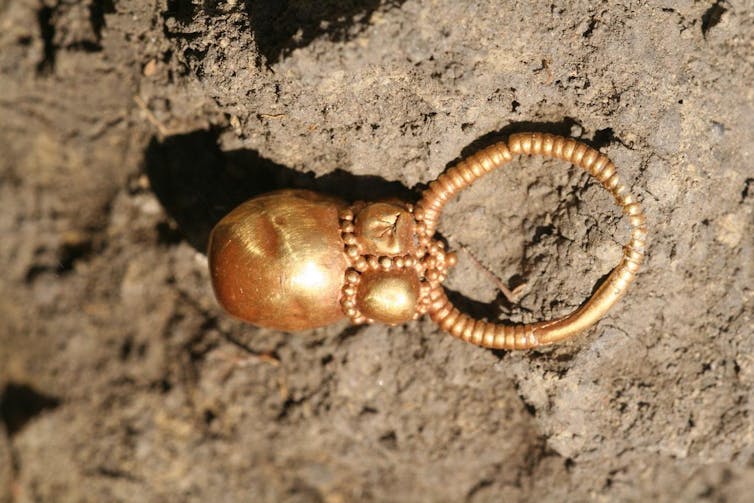
The Avars are famend amongst archaeologists for his or her distinctive belt garnitures, however their broader legacy has been overshadowed by predecessors such because the Huns. Nonetheless, Avar burial websites present invaluable insights into their customs and lifestyle. Up to now, archaeologists have excavated greater than 100,000 Avar graves.
Now, by way of the lens of “archaeogenetics”, we are able to delve even deeper into the intricate internet of relationships amongst people who lived greater than a millennium in the past.
Kinship patterns, social practices and inhabitants dynamics
A lot of what we learn about Avar society comes from descriptions written by their enemies, such because the Byzantines and the Franks, so this work represents a major leap ahead in our understanding.
We mixed historical DNA knowledge with archaeological, anthropological and historic context. In consequence, now we have been capable of reconstruct in depth pedigrees, shedding gentle on kinship patterns, social practices and inhabitants dynamics of this enigmatic interval.
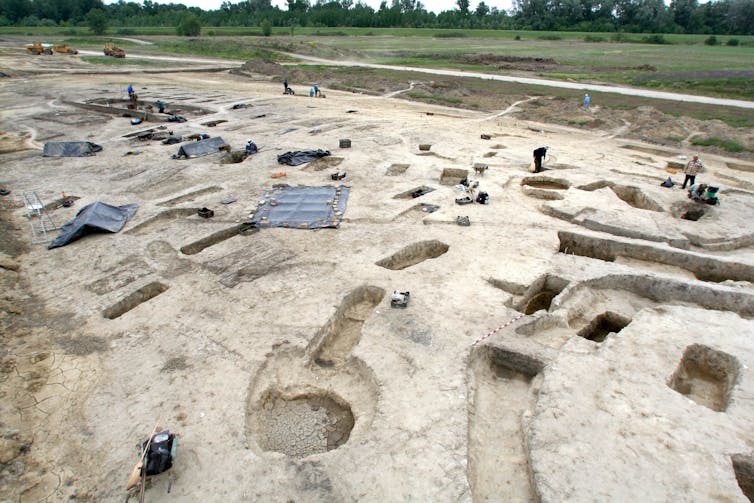
We sampled all out there human stays from 4 absolutely excavated Avar-era cemeteries, together with these at Rákóczifalva and Hajdúnánás in what’s now Hungary. This resulted in a meticulous evaluation of 424 people.
Round 300 of those people had shut relations buried in the identical cemetery. This allowed us to reconstruct a number of in depth pedigrees spanning as much as 9 generations and 250 years.
Communities have been organised round primary fathers’ traces
Our analysis uncovered a classy social framework. Our outcomes recommend Avar society ran on a strict system of descent by way of the daddy’s line (patrilineal descent).
Following marriage, males usually remained inside their paternal group, preserving the lineage continuity. In distinction, girls performed an important position in fostering social ties by marrying exterior their household’s group. This follow, known as feminine exogamy, underscores the pivotal contribution of ladies in sustaining social cohesion.
Moreover, our examine recognized situations the place carefully associated male people, corresponding to siblings or a father and son, had offspring with the identical feminine associate. Such couplings are known as “levirate unions”.
Regardless of these practices, we discovered no proof of pairings between genetically associated folks. This implies Avar societies meticulously preserved an ancestral reminiscence.
These findings align with historic and anthropological proof from societies of the Eurasian steppe.
Our examine additionally revealed a transition in the principle line of descent inside Rákóczifalva, when one pedigree took over from one other. This occurred along with archaeological and dietary shifts seemingly linked to political adjustments within the area.
The transition, although vital, can’t be detected from higher-level genetic research. Our outcomes present an obvious genetic continuity can masks the substitute of whole communities. This perception could have far-reaching implications for future archaeological and genetic analysis.
Future path of analysis
Our examine, carried out with researchers from the Max Planck Institute for Evolutionary Anthropology in Leipzig, Germany and at Eötvös Loránd College in Budapest, Hungary, is a component of a bigger undertaking known as HistoGenes funded by the European Analysis Council.
This undertaking exhibits we are able to use historical DNA to look at whole communities, reasonably than simply people. We predict there may be much more we are able to be taught.
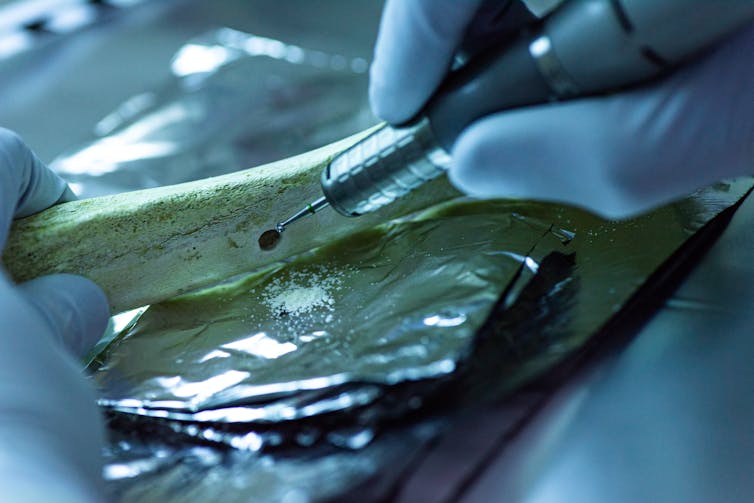
Now we goal to deepen our understanding of ancestral Avar society by increasing our analysis over a wider geographical space inside the Avar realm. This broader scope will permit us to analyze the origins of the ladies who married into the communities now we have studied. We hope it’ll additionally illuminate the connections between communities in higher element.
Moreover, we plan to review proof of pathogens and illness among the many people on this analysis, to know extra about their well being and lives.
One other avenue of analysis is bettering the relationship of Avar websites. We’re presently analysing a number of radiocarbon dates from particular person burials to disclose a extra exact timeline of Avar society. This detailed chronology will assist us pinpoint vital cultural adjustments and interactions with neighbouring societies.
The authors wish to acknowledge the contributions to this work of Zsófia Rácz, Tivadar Vida, Johannes Krause and Zuzana Hofmanová.![]()
Magdalena M.E. Bunbury, Postdoctoral Researcher, James Cook University and Guido Alberto Gnecchi-Ruscone, Postdoctoral Researcher, Division of Archaeogenetics, Max Planck Institute for Evolutionary Anthropology
This text is republished from The Conversation underneath a Inventive Commons license. Learn the original article.
